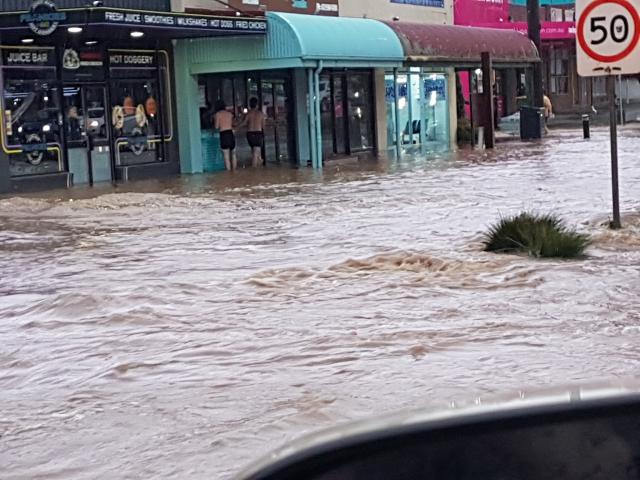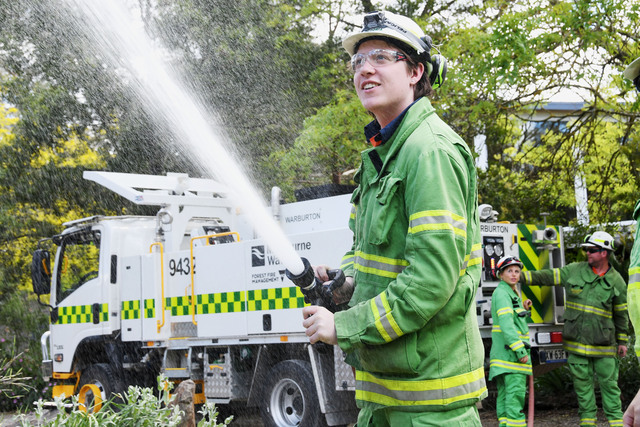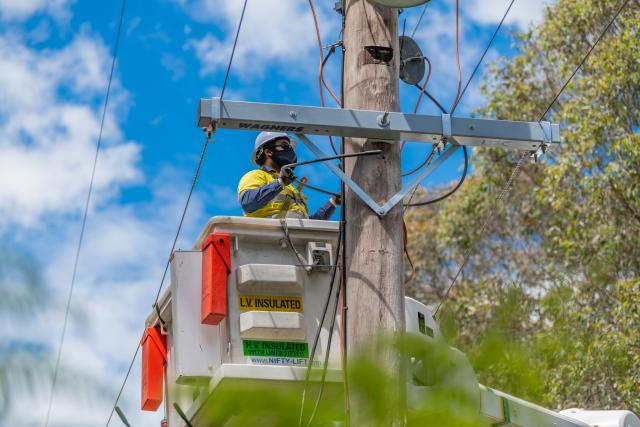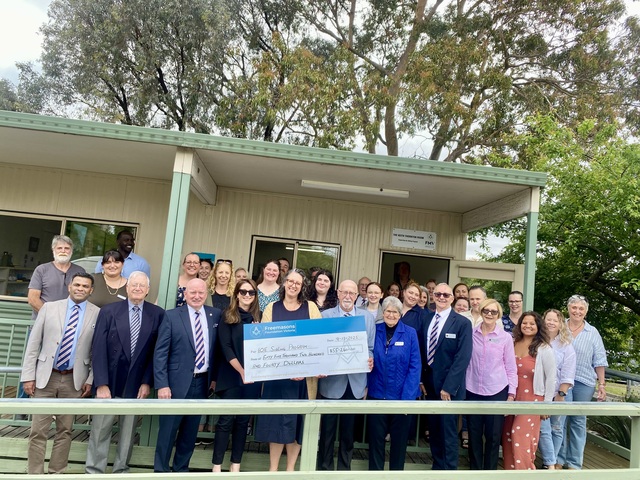The Yarra Ranges has been identified in a new report released by Emergency Leaders for Climate Action (ELCA) and the Climate Council as the second most vulnerable to disasters across the country.
A new co-written report titled Too Close to Home found four Victorian communities to be the hardest hit by natural disasters, with the Yarra Ranges ranking second behind Baw Baw.
Between 2006/07 and 2023/24, 514 local government areas were impacted at least once by a disaster requiring access to the Disaster Recovery Funding Arrangements, highlighting the severity of these events.
The report stated that “fifteen local government areas have sought and received Australian Government assistance for recovery from disasters at least 25 times since 2006/07”.
In Victoria, Baw Baw sought and received national assistance 47 times, the Yarra Ranges 42 times, Wellington 37 times and East Gippsland 39 times.
ELCA director Sean O’Rourke said if climate pollution isn’t cut within the decade, places like the “Yarra Ranges will likely see more disasters in future”.
“The data only goes back as far as 2006/07, not quite far enough to establish whether disasters are increasing in Yarra Ranges,” he said.
“What it does show though is that the Yarra Ranges have been impacted by multiple disasters in the last 12 months alone, spanning fires, floods and destructive storms.”
ELCA founder Greg Mullins AO AFSM said these events were being fuelled by climate change, making it a more frequent and challenging job for emergency services.
“Firefighters and other emergency responders are being pushed to their limits by increasingly frequent, intensifying disasters, fuelled by climate pollution,” he said.
“They are tireless in their efforts to protect Australians but, as we saw during the Black Summer bushfires and subsequent record floods, they’re regularly being overwhelmed by climate fuelled disasters.”
Mr O’Rourke said with former heads of Australia’s state and territory emergency services leading the calls for change, they have first hand experience of the “high frequency and greater severity of disasters”.
“Federal, state and territory inquiries into bushfires and floods have highlighted that first responders are working longer hours, facing multiple challenges often with little reprieve between disasters,” he said.
“This is happening while volunteer numbers across the board are declining, leaving fewer people to do more disaster response and recovery work.”
With Lilydale and Emerald SES units being named some of the busiest in recent years and volunteer firefighting brigades requiring more numbers, ECLA has recommended the government look at establishing new streams of emergency response.
“ELCA has recommended that governments build emergency capacity by establishing new non-operational emergency service volunteer units that can play a role in the planning, preparation and recovery stages of disasters, supporting operational SES to do the work on the ground,” Mr O’Rourke said.
“ELCA are also recommending that a program of paid seasonal firefighters be developed to assist rural volunteer firefighters during periods of high bushfire risk and support bushfire crews on the urban/bushland interface.”
Mr Mullins called for “urgent cuts to climate pollution” to keep communities and future generations safe from “worsening impacts”.
The report outlines five key priorities that Mr Mullins said aim to move “from responding to disasters to preventing and preparing for them”.
These include developing a national assessment and prediction register on the risks for each community; identifying the people and places most at risk based on exposure and social and economic disadvantage; supporting community-led actions for climate adaptation and response; building household resilience; and fully implementing the Royal Commission into National Natural Disaster Arrangements recommendations.
Mr O’Rourke said Australia’s previous investment in disaster preparedness has been dismal against the “fury of climate-fuelled disasters”.
“After years of neglect from previous Australian governments, our efforts to protect vulnerable communities from climate harm is just getting off the ground,” he said.
“We can do so much more to help communities understand the risks they’re up against, and to manage those risks. In fact, we must – lives depend on it. Everything we do this decade determines how safe our kids and grandkids are from supercharged fires, floods and storms.”







